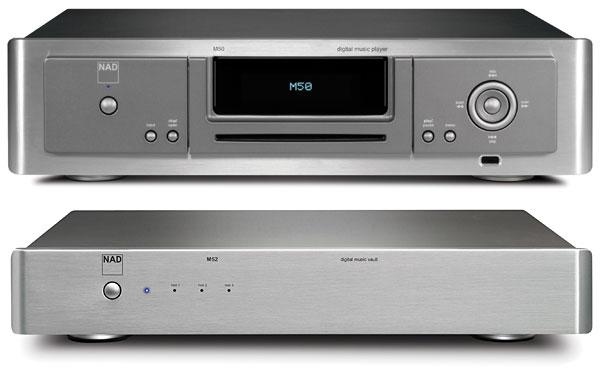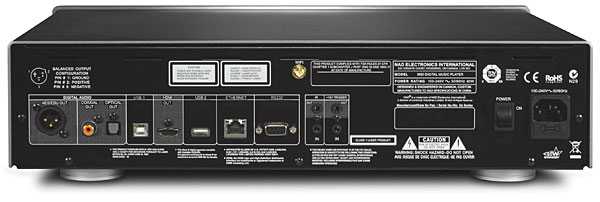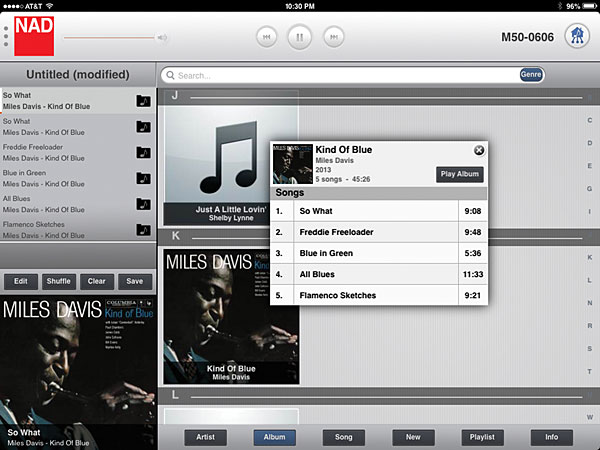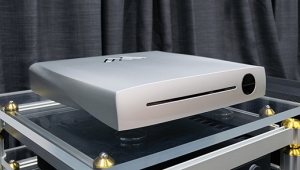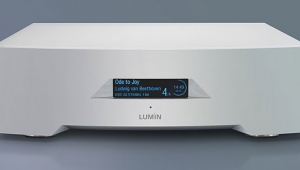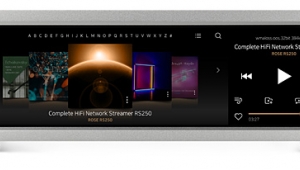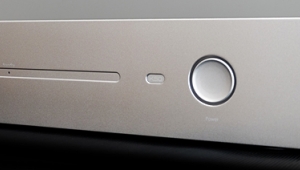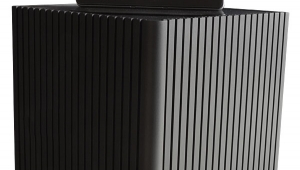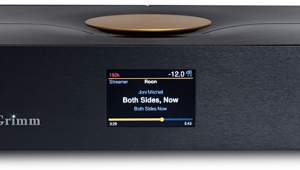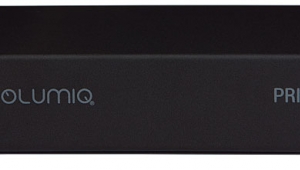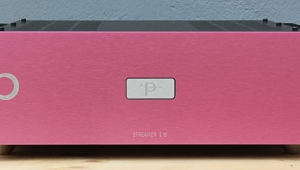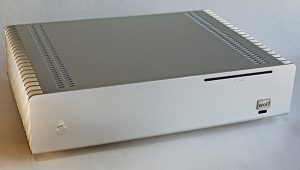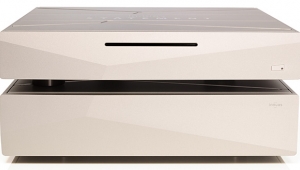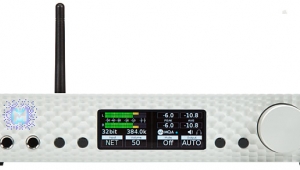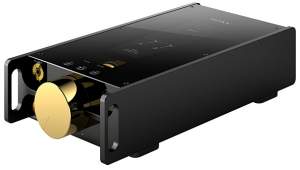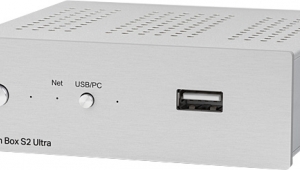| Columns Retired Columns & Blogs |
With regard to the value of the M52 compared to a NAS, I recently configured two 5-bay NAS-RAID boxes with three 4TB drives each and that nets me, in each box, about 7TB of redundant storage with room to expand to 12TB. The cost for each was about $1100 and setup was trivial. However, I can understand that some might find the prospect of such setup intimidating.
You mention the idea of the M50 recognizing and playing DSD via the HDMI, that would seem to be just a firmware modification since, in this case, the M50 would not be decoding or processing anything, just transmitting the file content. If so, nothing should stand in the way of a similar firmware modification also accommodating multichannel files (FLAC, DSD, etc.) from the same port. That would make the M50 an ideal manager for my networked system.
(This is an attempt to recall the details of a lost post.)
